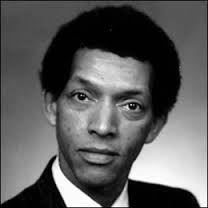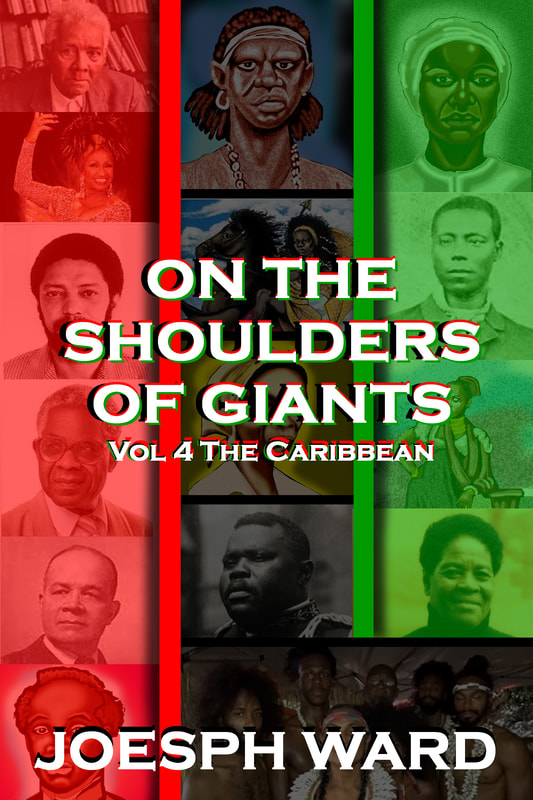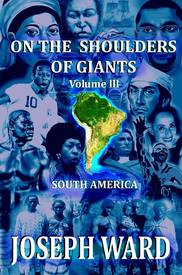|
Dr. George Carruthers was born October 1,, 1939 in Cincinnati, Ohio to a father who was a civil engineer and a mother who was a homemaker. The family lived in Milford, Ohio, where Carruthers developed his love for science as an avid science fiction reader and developing model rockets. With a growing interest in Astronomy, he built his first telescope out of cardboard at the age of ten. Suddenly Carruthers’ father passed away, forcing his family to move to Chicago where he was able to spend time at libraries and museums. He joined various clubs associated with the Adler Planetarium and became a member of the Chicago Rocket Society. He was also able to satisfy his growing interest in space by reading books at the Naval Research Laboratory in Washington, DC. In 1957 he graduated from Englewood High School then enrolled into the University of Illinois. During his seven year stint at the University of Illinois, Carruthers graduated with a Bachelor’s of Science degree in Aeronautical Engineering in 1961, a master’s degree in Nuclear Engineering in 1962, and Ph.D. in Aeronautical and Astronomical Engineering 1964. During his graduate studies, Carruthers was as a research and teaching assistant, working with plasma and gasses. After earning his Ph.D. Carruthers accepted a position with the Naval Research Laboratory in 1964, as a research physicist, having received a fellowship in Rocket Astronomy from the National Science Foundation. After joining the Naval Research Laboratory, Carruthers focused on far ultra violet astronomy, observing the earth’s upper atmosphere and astronomical phenomena. In 1966 Carruthers became a research assistant at the Naval Research Laboratory’s E.O. Hubert center for Space Research, where he researched ways to create visual images as a means of understanding the physical elements of deep space. His main focus was to create a device to illuminate and analyze ultraviolet radiation. In 1969, Carruthers received a patent for his invention the “Image Converter for Detecting Electromagnetic Radiation Especially in short wave lengths”, which detected electromagnetic radiation in short wave lengths. Carruthers was the principle inventor of the Far Ultraviolet Camera/Spectrograph, which was used in the Apollo 16 mission to the moon. The camera allowed views of stars and celestial bodies and looked into the solar system thousands of miles away. A second version of the camera was sent on the Skylab space flight to study Comets in 1974. The camera actually allowed a user to see the amount of pollution in the Earth’s atmosphere. For the first time in history scientist were able to detect hydrogen in space, which gave an indication that plants were not the only source of oxygen for the Earth which lead to a debate about the origin of the stars. George Carruthers was a force in the areas of astronomy and physics and was active in outreach programs seeking to bring science to the youth around the Nation. He was named Black Engineer of the Year in 1987, awarded the Arthur Fleming award in 1971, the Exceptional Achievement Scientific Award from NASA in 1972, the Warner prize in 1973 and inducted into the National Inventors Hall of Fame in 2003. He was a leader who had the courage to take the road less travelled, and excelled within his fields. Carruthers was an inspiration and a prime example of hard work, imagination and greatness. Dr. George Carruthers, we stand on your shoulders. J.A. Ward. Click below to view the George Carruthers video
0 Comments
Leave a Reply. |
Details
Categories
All
Click Here to join our mailing list
|
Contact Us: |
Connect With Us |
Site powered by PIT Web Design


 RSS Feed
RSS Feed



